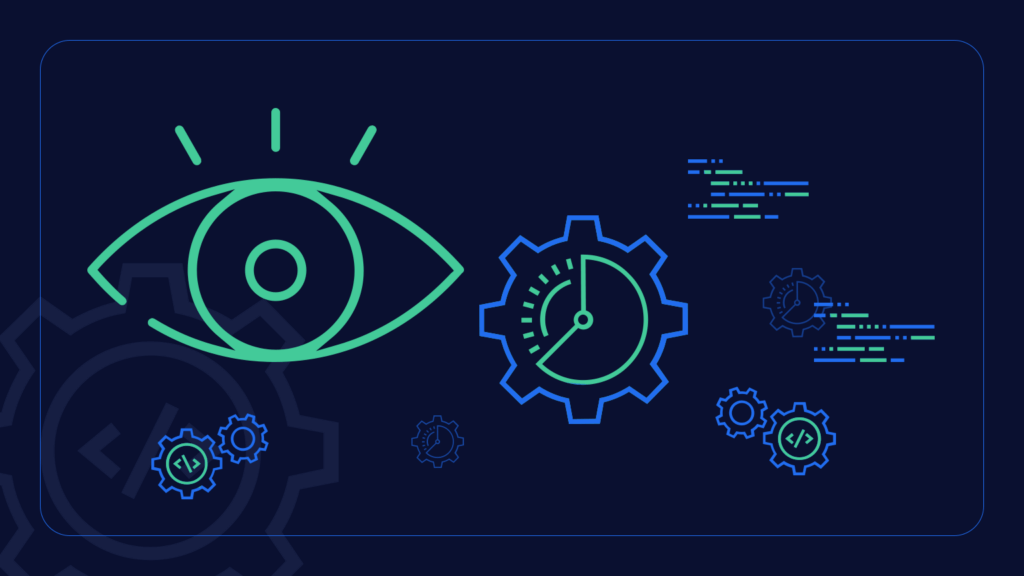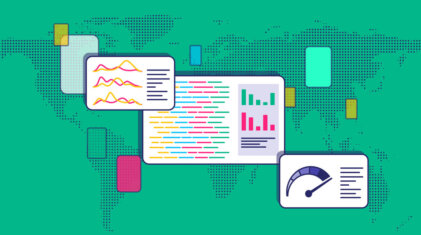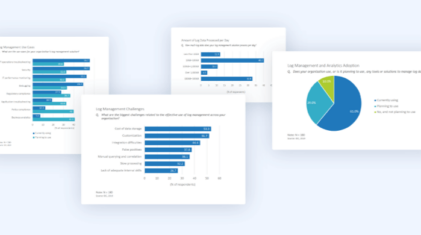An Introduction to Log Analysis
If you think log files are only necessary for satisfying audit and compliance requirements, or to help software engineers debug issues during development, you’re certainly not…
Whether you are just starting your observability journey or already are an expert, our courses will help advance your knowledge and practical skills.
Expert insight, best practices and information on everything related to Observability issues, trends and solutions.
Explore our guides on a broad range of observability related topics.


Log maintenance has a hidden cost. Engineers optimize their instance types, storage, networking, dependencies, and much more. However, we rarely consider the engineers themselves.
A DevOps culture encourages engineers to own the solutions they build. While this increases team autonomy, it risks splitting the precious bandwidth that the team has. Automation is what makes the DevOps cycle work, and it has to cover log analysis to do a thorough job of catching issues. Without sophisticated software assistance, there is no practical way to get insights from so much data.
Your engineers have a product to build. This product might be the thing that propels you forward in your market. Minimizing distractions from your product is an important managerial task. Your logging solution is undoubtedly part of your product, but it requires a lot of upfront effort.
How much time can you take away from feature development to focus on the resilience, scalability, security, and performance of your logging stack? This upfront engineering effort incurs two clear costs. The first is the direct cost of log maintenance – engineering time. Engineers are specialist employees and their time is expensive.
The second, and potentially much larger of the two, is the indirect opportunity cost. Missing those important opportunities in the market is a huge risk.
If you do commit to building out your own logging solution, how much of an investment do you want to make? Straightforward log aggregation is difficult enough, with performance, hard disk space, monitoring, alerting and much more to consider. What about more complex features?
Machine learning, TCO optimization, visualization. These are the cutting edge of log analytics. To build these into your own solution will require a great deal of time and expertise. You either make the sacrifice and build them or miss out on the benefits they bring.
From the moment logs begin to flow into your solution, growth begins. Each new piece of data has the potential to become a crucial, actionable insight that gives you an edge over your competitors. You need to analyze all of it, and this will need constant work.
Any scaled piece of technology requires constant maintenance. Security patching, performance tuning, instance type optimization, autoscaling policies, and much more are just as important in your logging solution as they are in production software.
These aspects are not fire and forget – they require constant pruning and optimization, to ensure your logging solution is operating at its best.
Security is an especially important element of the ongoing maintenance of your cluster. No matter the technology you choose, new vulnerabilities will regularly appear. Every day that your cluster remains unpatched is a potential data breach. This means that regular server patching is non-negotiable, and is most likely going to disrupt the flow of your product engineers on a regular basis.
Coralogix is a full-stack observability platform that is aimed to provide application intelligence delivered to your applications on the cloud. It is a SaaS service, so there is no set up on your end. You simply begin sending logs and let Coralogix handle the rest.
Coralogix handles the performance and security of your logging platform for you. Rather than investing a great deal of engineering effort, you gain instant access to a collection of the most sophisticated log analytics tools on the market. Coralogix offers a wide array of powerful features that optimizes the delivery and maintenance of your software. Coralogix uses proprietary machine learning algorithms, which can be applied to software releases, to identify any primary build issues. This is completed through learning application behavior. This results in automatically learning the system deployment log sequences, in order to detect production software problems in real-time.
As Coralogix can scale from hundreds to millions of logs with integrations for popular languages and platforms like Docker, Python, .NET, Kubernetes, and Java, it will always be able to keep up with your latest demands and with a simple, scalable pricing model, you won’t experience a sudden spike in prices.
A single noisy application can make your logs very difficult to process. You need to be able to cut through the noise and yield actionable insights from your data. That is where the TCO Optimizer comes in. You can finely tune the processing of your logs to ensure that only the most important logs make it through to your indexing and machine-learning analytics. As your system scales, your cost doesn’t need to scale with it.

If you think log files are only necessary for satisfying audit and compliance requirements, or to help software engineers debug issues during development, you’re certainly not…

As user tolerance for slow page loads and refresh rates continues to diminish, poor website performance can directly impact visitor counts, click-throughs, and conversions. This is…

In this survey of over 200 CIOs in the US, the IDC analyses the critical role played by Log Analytics in any modern infrastructure. IDC Opinion…
